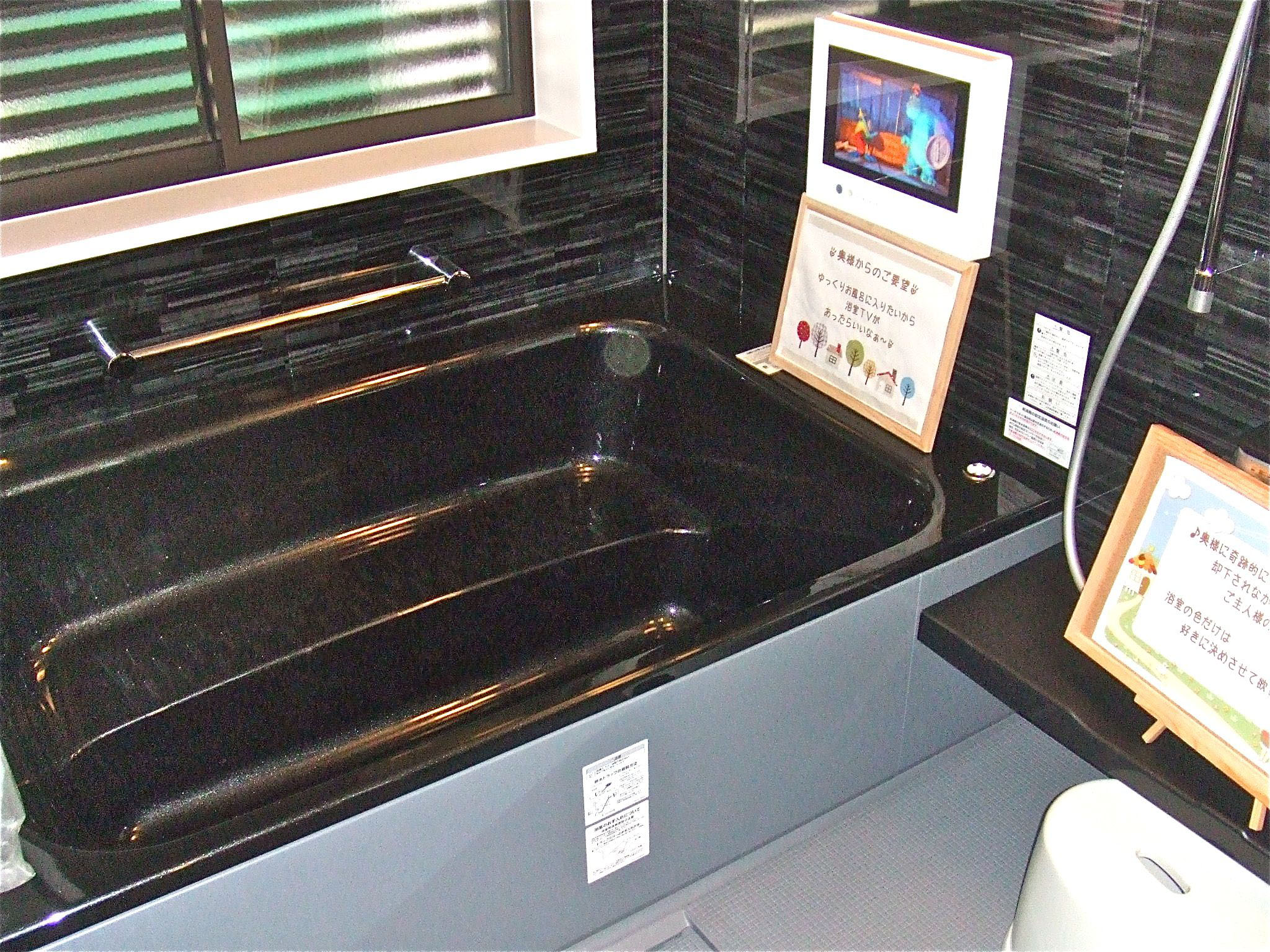Japanese people love their evening bath, but tubs in private residences are a relatively recent development. By 1963, only 60 percent of Japanese homes had them. The small amount of living space necessitated by economic reality, not to mention the paucity of indoor plumbing, couldn't accommodate bathrooms, and the sentō, or public bath, provided enough daily luxury with its large communal facilities. But as workers became more affluent and construction of new dwellings continued apace, even renters starting demanding their own bathtubs and toilets.
The "system bath" or "unit bath" revolutionized the housing market, and as with expressways and some other modern conveniences it was introduced to Japan by means of the 1964 Tokyo Olympics. The system bath incorporated a toilet, a sink and a Western-style bathtub into a single prefabricated unit that could be installed easily and quickly, and it became a famous feature of the Hotel New Otani, which had to be finished before the start of the games. Had the hotel's 1,044 rooms utilized Japanese style baths, which provide for a space outside the tub where bathers can wash themselves before entering it, construction couldn't have been completed in time.
The Japan Housing Corporation adopted the system bath for the tens of thousands of apartments it had planned for the country in the 1960s. These apartments, both for-rent and for-sale, were characterized by two new features, the dining-kitchen area and the bathroom, which provided space for a Japanese bathtub. The toilet had its own compartment and the sink was installed in the dressing area.



